At CrowdFarming you can mainly find organic farmers. Moreover, ever since we started, we decided to integrate farmers converting to organic as well because, as farmers, we know how difficult the transition process can be.
We stand firm in our position in defence of organic farming. But we also want to be part of a movement that is becoming more and more relevant in Europe and worldwide, namely regenerative agriculture. However, this sometimes creates tensions for us, and many internal debates. In this article, we share with you our views.
Is organic farming not enough?
If we refer to the EU Council Regulation of June 2007 on organic production and labelling of organic products (Regulation (EC) No 834/2007), we find objectives very similar to those described today for regenerative agriculture:
‘To ensure a viable system of farm management that respects natural systems and cycles and preserves and improves the health of soil, water, plants and animals and the balance between them, and contributes to achieving a high degree of biodiversity.’ In addition to ‘high-quality products’.
However, as a certification was created for a European level, the regulations had to be adapted to a wide variety of contexts. The current regulation of organic farming is mainly based – although it includes other premises – on limiting the use of artificial fertilisers, herbicides and pesticides, which means that organic farmers must adopt different methods to maintain soil fertility and the health of animals and plants, such as the cultivation of nitrogen-fixing plants and other green fertiliser crops to restore soil fertility.
In conclusion, organic farming is, in its essence, very close to regenerative agriculture. Organic certification is based on a list of permitted and prohibited techniques, which undoubtedly play a fundamental role in protecting the environment from the more damaging techniques of the conventional system. However, as the results are not measured in the environment, a certified organic farmer may not be regenerating his ecosystem.
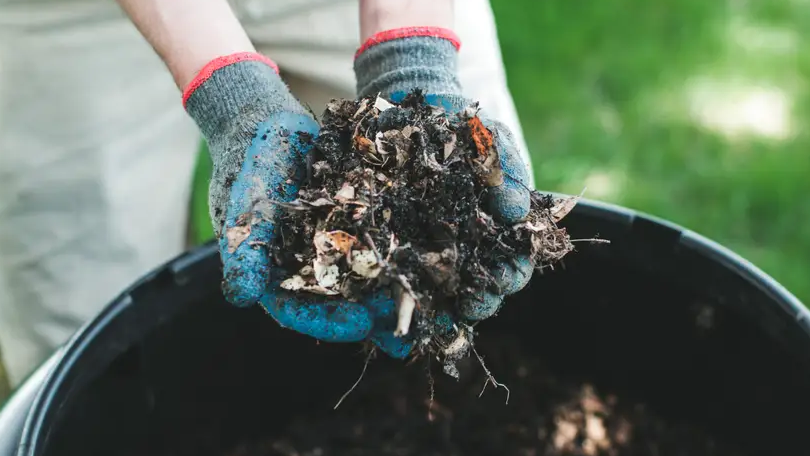
Is there a certification for regenerative agriculture?
There is no unified definition of regenerative agriculture. Nor is there a certification at a European level. Which means, there are thousands of them. Today, anyone can claim to be regenerative, and this leaves the door wide open to cunning and slippery greenwashing techniques. It’s a danger to those who are doing it right, and it’s a danger to consumer trust.
At CrowdFarming we believe that a new regenerative certification would lead to exactly the same results as where we are today with the organic certification. After the titanic effort that has been made to push organic farming, which today accounts for only 9.9% of the land dedicated to agriculture in Europe, it would be a drama to create two certifications, which in their essence seek the same thing, to compete.
What is our proposal then? Data, data, data. If there is one thing missing in organic certifications, it is a focus on context and assessment of results. If we are saying that regenerative agriculture is contextual and regenerates its environment, it cannot be marked by the auditing of a series of practices, which for one farmer can have excellent results and for another mean bankruptcy. Therefore, the only way to call yourself a “regenerative farmer” is to prove that you are regenerating the soil, the biodiversity, and the environment in which you operate.
What do we ask of the European authorities?
Experts on the ground and access to training
There is enough online documentation on what regenerative agriculture is, there are plenty of webinars and courses on the subject. However, there is a lack of experts who know about specific crops and local conditions, to build farmers’ confidence and to accompany them. There is a lack of model farms for different types of farming. Perhaps, if we decide on some kind of certification, it could be EU-certified trainers and advisors.
A scalable measurement framework
This entails adopting a framework that doesn’t rely on expensive studies, ensuring that the regenerative stamp isn’t exclusive to large producers. A framework that steers us toward the key factors crucial for the path to regeneration and provides guidance based on specific contexts such as geographical location, soil type, rainfall, and water availability.
At CrowdFarming, we have taken baseline measurements from farmers who, accompanied by experts, have started on the road to regeneration. You will find them under the label “in regeneration”. We will make these results public, as well as the evolution of these results from year to year.
Grants that are awarded in line with the regeneration path
To help encourage more and more farmers to make the transition to regenerative practices. And we emphasise the word transition, we believe that this is where efforts should be focused. Let’s not create a system that is made to live off of subsidies, but subsidies to change the system.
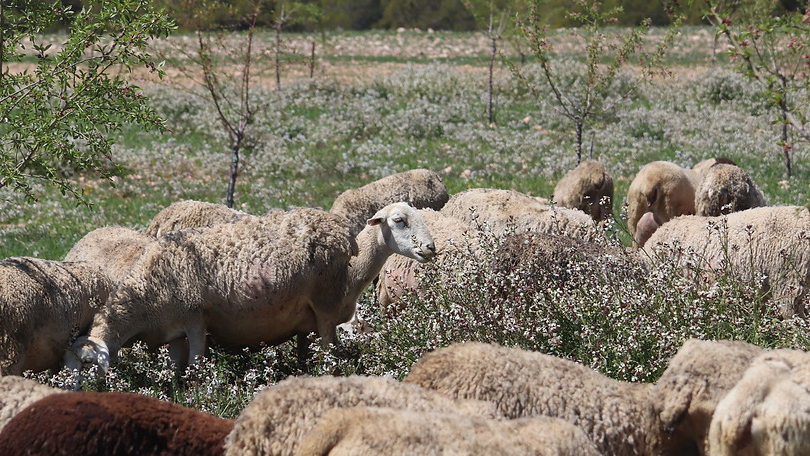



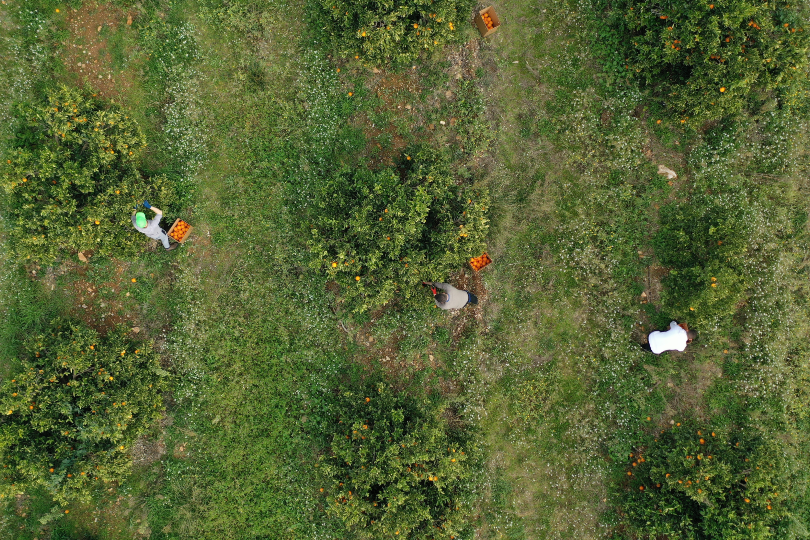
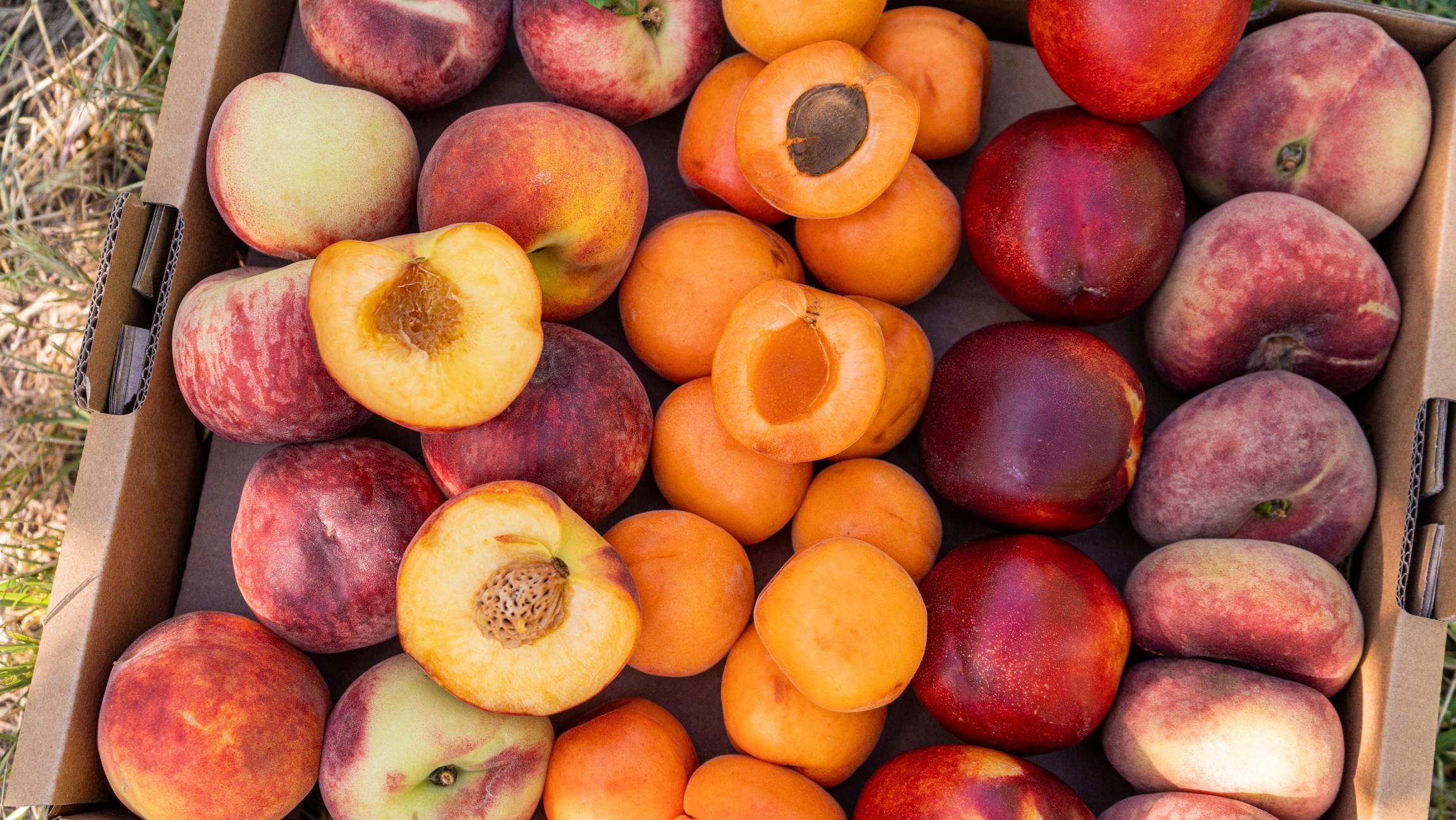
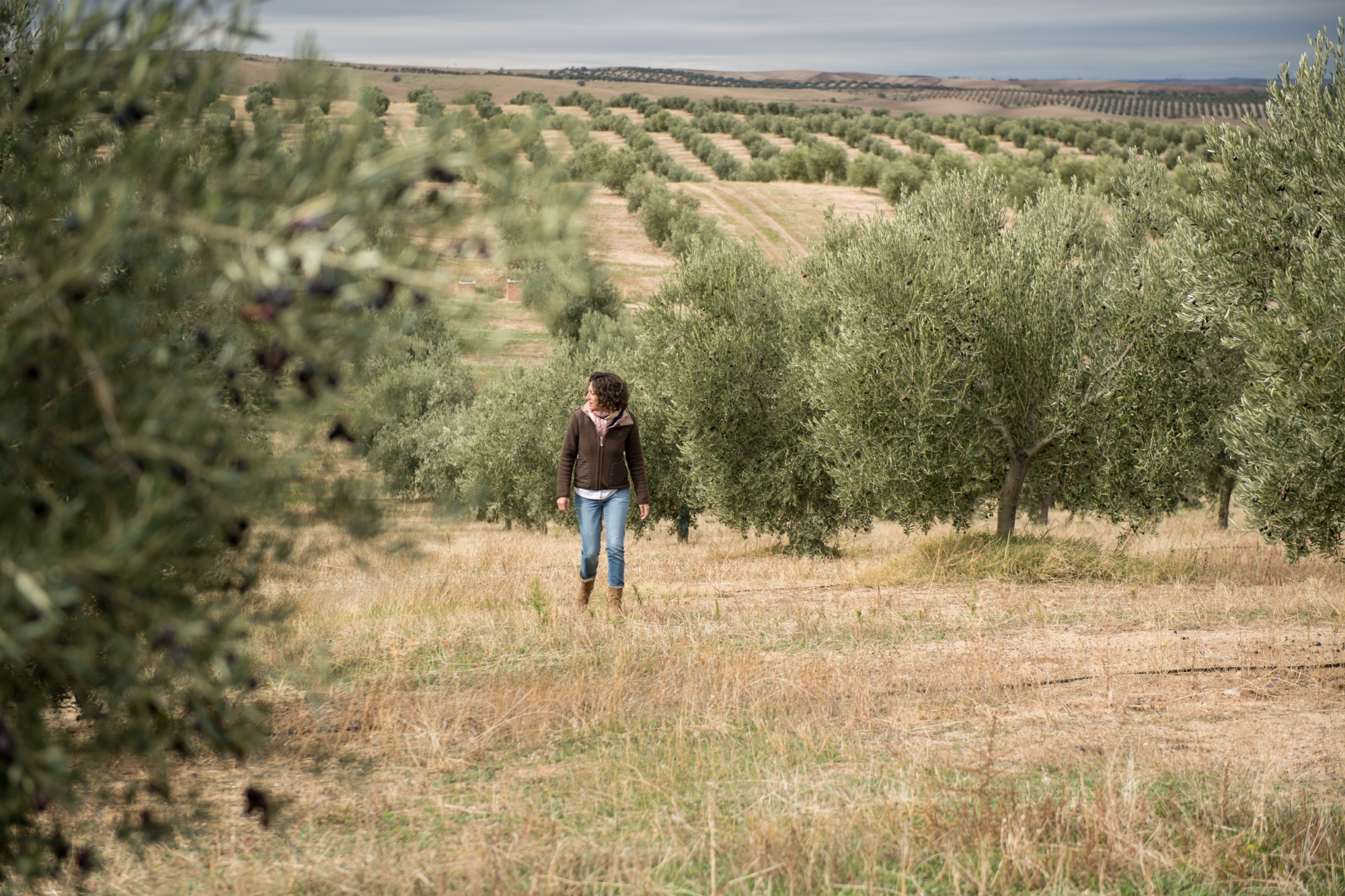

Comments
Please note that we will only respond to comments related to this blog post.